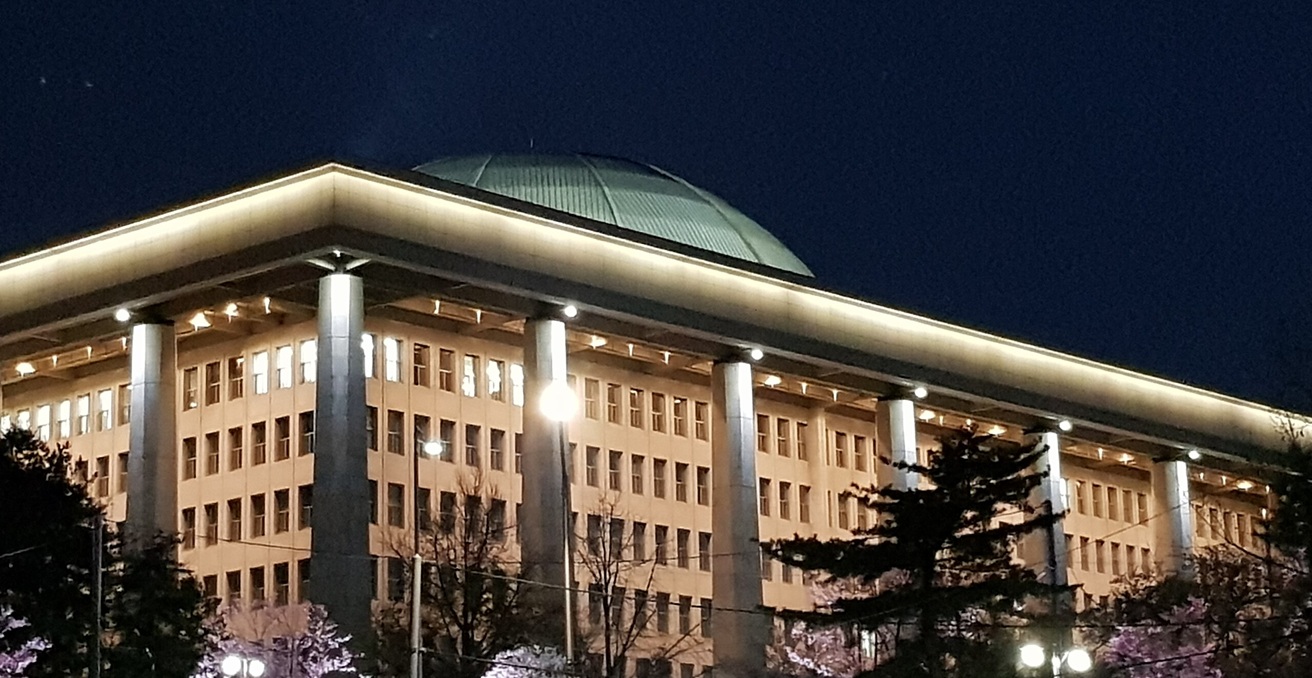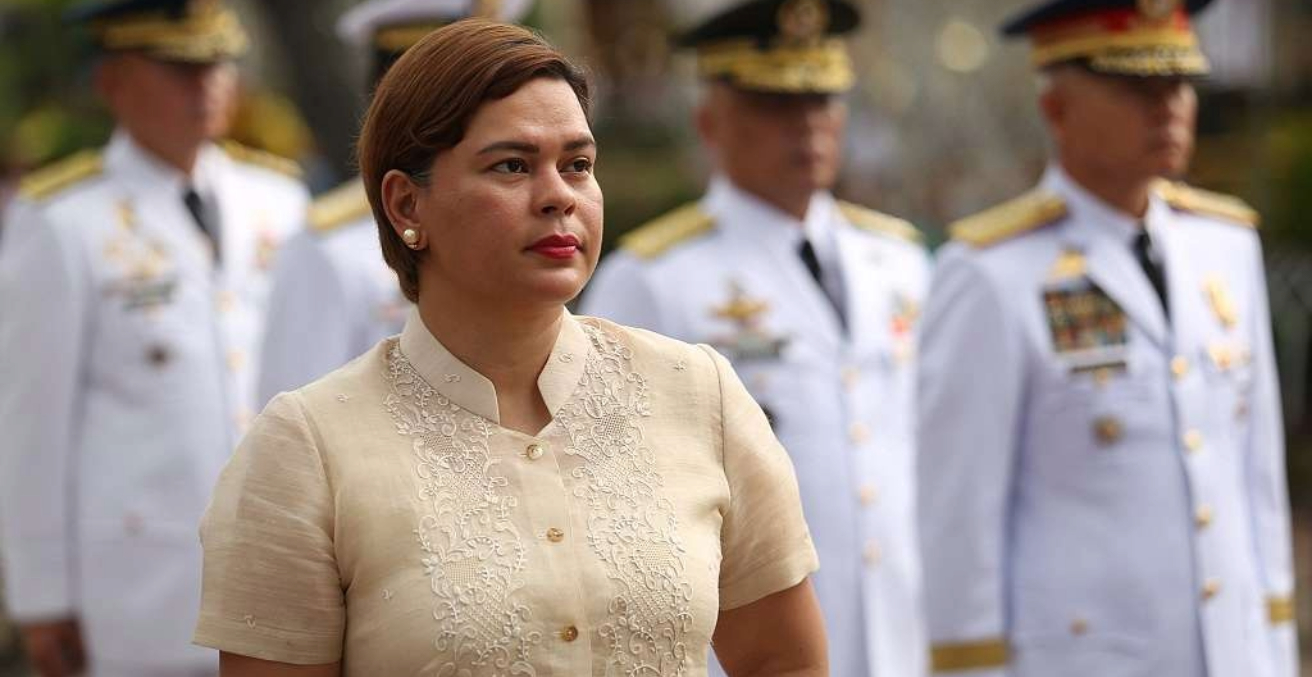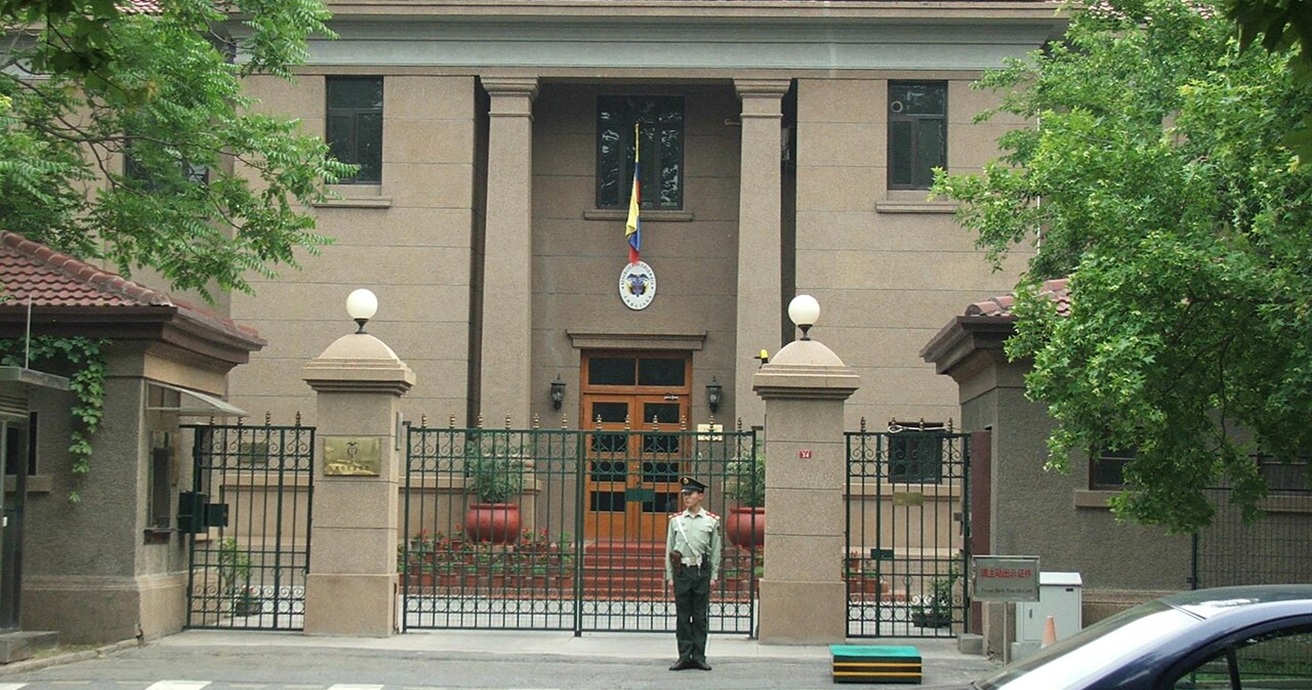In the current strategic environment, states are looking beyond the strategies of the past to ensuring their national security. A little-heralded Australian defence program in the Indo-Pacific may hold the edge in supporting Australian interests through the hand of friendship.
Kinetic warfare is increasingly being replaced or supplemented with hybrid tactics and the use of cyberattacks, foreign interference, and influence on public opinion, as well as varying forms of economic coercion. Australia’s 2020 Defence Strategic Update describes an environment of expanding cyber capabilities in the Indo-Pacific, major power competition, and grey zone activities changing the strategic landscape in a dynamic and rapid way. In such an environment, one possible counter can be found within projects that are going on right now, in the backrooms of Australian embassies around the Indo-Pacific. One such example is a little-heralded military program that was allocated over AUD$155 million for its activities in 2021 and 2022, and that has little to do with grand strategy or the acquiring of nuclear submarines: the Defence Cooperation Program (DCP).
The DCP interacts with and provides support to military forces throughout Southeast Asia, South Asia, and the South Pacific with the aim of supporting Australia’s defence relationships and engagements. The program has been reported as highly valued by participating countries whose personnel benefit from training and education opportunities provided at Australian defence and tertiary institutions, English language courses, as well as for the bilateral and multilateral exercises that participating states engage in with Australia. The most recent Defence White Paper singled out the DCP for enhancement to build the confidence and capacity of regional partners.
The program has enjoyed ongoing support since its inception in the 1960s, with a 1972/1973 budget of over $10 million rising to over $57 million by 1987/1988, a figure equating to over $143 million in today’s terms. The DCP’s budget decreased to under $100 million around 2000, rose, and then fell again from 2010-2017. The budget fluctuations generally matched Australian government reductions in foreign aid during this time period.
In 2021 and 2022, nearly $27 million of funding was directed to Southeast Asia, allowing for coalition operational deployments, senior officer visits, exchange postings, maritime security, cooperative exercises, and training opportunities for individual officers. Over 2,000 Thai military officers have participated in the DCP since 1991, and the king of Thailand was a participant in the program. The DCP was also included in the normalising of bilateral relations with Myanmar, following 2011 political and economic reforms and defence cooperation, which was seen as an opportunity to act as a role model for the Myanmar military — which even at that time held a strong influence over the rest of Myanmar government, economy, and society.
Cooperation was halted in 2021 as a result of the military coup earlier in the year, and defence engagement with the state had faced ongoing criticism in working with members of the junta and forces accused of human rights abuses. Halting the program may have seemed inevitable due to the actions of the Myanmar state, but it has decreased opportunities for engagement and influence in a nation leaning further towards China — its biggest trader of arms — and Russia, which has bolstered its own defence cooperation with the country.
Around $32 million supported combined exercises, education and training, infrastructure projects, and advisory and liaison positions in Papua New Guinea in what has been described as a “special relationship” due to Australia’s administration of the state prior to its independence in 1975. The program undertakes similar engagement in the South Pacific and supports the regional maritime security program in providing capability, training, and coordination to increase maritime security for Pacific Island nations and Timor-Leste. The DCP has turned its focus here, with a rise from 0.3 percent of the program’s budget being directed to the South Pacific in 1972/1973, to over 35 percent by 1992/1993. For 2021 and 2022, the South Pacific accounts for over 51 percent of the DCP’s budget, a lion’s share of nearly $80 million. This funding supports programs in a wide variety of Pacific states, including Fiji, Samoa, Palau, and the Solomon Islands, and has been identified as one of Australia’s most comprehensive and successful regional engagement mechanisms.
The DCP is apolitical and has little military strategic value in the traditional sense, so how can it be labelled as so successful? The answer is in the relationships built and sustained. The auditor-general found that long-established ties between DCP participants and their Australian counterparts has allowed speedy and sympathetic hearings in foreign policy discussions and in advancing Australia’s interests. People-to-people links have helped decrease tensions between Australia and other states at key junctures, and has allowed Australian defence personnel to familiarise themselves with the Indo-Pacific environment and the operating procedures of participating countries, as well as the individual cultures and capabilities of member states.
Although the aims of the DCP are neutral, such defence and governmental relationships are becoming increasingly important in a landscape where who your friends are matters. Groupings such as the Quad and AUKUS exist as pacts hoping to counter China’s rise, but smaller states in the region don’t have the same ability to form strategic multilateral alliances. Beijing has become a growing trade partner in the Indo-Pacific, overtaking Australia in Pacific trade and becoming the third-largest aid donor. Beijing has utilised aid funding to divert Pacific allies away from ties with Taiwan, and employed coercive tactics with states such as Palau who rebuff their advances. China has become adept at such hybrid tactics, focusing on the employment of psychological warfare, public-opinion warfare, and “lawfare”— the abuse and misuse of international law for its own ends. The Pacific is particularly vulnerable to “‘carrot and stick” tactics during the COVID-19 era, such as influence derived from the giving or withdrawal of aid, and the region faces a potential “lost decade” of economic and social growth due to the pandemic. Southeast Asia has become a similar space for United States-China competition, along with the employment of vaccine diplomacy.
Defence cooperation offers the opportunity of creating long-standing ties and relationships, free from expectations or political influence and interference. Strong friends and allies are able to assert themselves, and can support one another in disputes or in the face of coercion. However, the program is not without shortcomings. Aside from criticism as a result of engagement in Myanmar, the program has faced problems in the past as a result of military actions by partners such as Papua New Guinea or Tonga in the 1990s. Other critiques of Australian defence diplomacy include a lack of research evidence for transformative strategic outcomes with regional allies, a lack of clear metrics for performance and achieving goals, and the possibility of training exercises taking on greater implications through the lens of great power competition.
The Indo-Pacific is increasingly becoming a region requiring partnerships and cooperation. Australia’s allies and regional states, particularly those in the Pacific, are unable to remain resilient alone in the face of the reverberating effects of the COVID-19 pandemic, or in navigating great power rivalries that are forcing their allegiances towards the East or West. The DCP is one avenue helping Australia’s neighbours and partners become strong so that threats, opportunities, and the strategic uncertainty of the future can be faced together as allies and partners, without the expectation of anything in return.
Shaun Cameron is a postgraduate student in international relations at Curtin University. He is currently working in Asia, and has a background in academic research, teaching, and psychology.
This article is published under a Creative Commons License and may be republished with attribution.




